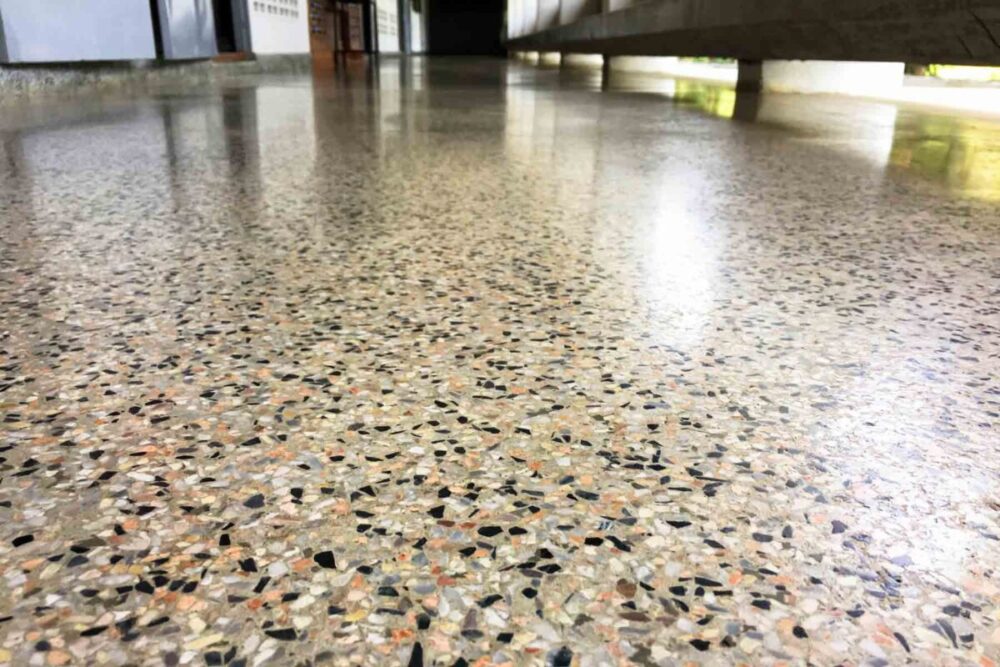Boring, old maintenance may not be as thrilling as a sweeping renovation to your home. But it’s the single most important thing you can do for your property — and budget, too!
From routine chores like replacing your smoke detectors to unexpected expenses like patching your roof, these tasks ensure your house runs smoothly, safely, and efficiently. But with so many varying tasks falling under the category of maintenance, it can be challenging to budget for all these essential chores.
Should you just wing it, paying for materials and services as they come up? You certainly could, but this technique goes against many articles about personal finance management and budget preparedness.
You need a more deliberate approach to saving to ensure you have the money to handle your routine maintenance. Here are two popular rules to help you do that.

Rule #1: Save 1% of Your Sale Price
According to the Federal Reserve, the average house in the US sold for $513,400. How do you compare?
Your sale price is important, regardless of your down payment size or mortgage. According to the 1% rule, you should save 1% of your sale price for maintenance and repairs. So, if you paid the average price, you should aim to set aside roughly $5,134 in a household maintenance fund.
This rule gives a solid allowance for both small and large tasks around the home. However, depending on when you purchased your home, it may represent an unrealistic goal.
Suppose you purchased your home 40 years ago for $30,000. According to the 1% rule, you should only save $300. This goal might fall flat of what you need, considering the cost of most repair products and services have increased significantly over the years.
Now, let’s think about recent home buyers. Today’s seller’s market can drive up the price on even the humblest properties. You may not have to need 1% of an enormous sale price to maintain a small house in good condition.
Rule #2: Save Your Square Footage
Another guiding principle for saving is the square footage rule. Instead of worrying about your property value, you look to your property size to set goals.
This rule suggests you save $1 for every square foot you own. This results in an easy one-to-one calculation that converts your square footage to your savings goal.
According to the National Association of Home Builders, the average size of a newly built single-family home is 2,561 square feet. Under the square footage rule, you should save $2,561 for maintenance.
Unfortunately, you may never know if this square footage is enough until you get through a year. Large-scale repairs can overshadow the square footage’s relatively small savings goal.
Like the 1% rule, the square footage isn’t a perfect solution to every problem; you can run into a streak of bad luck or live in a century home that requires more frequent and costly repairs.

The Takeaway:
While these two rules aren’t perfect, they are better than winging it. Consider these rules as guidelines. Feel free to tweak them once you know more about your property, its condition, and worthwhile DIY projects.
With the broad scope (and cost) of maintenance, many homeowners take out a personal line of credit in addition to saving money. This financial product supplements your personal savings, whatever rule you decide to follow. Take the time to explore this option online — many websites use accessibility widgets to help you understand all the ins and outs of a line of credit without any barriers.





